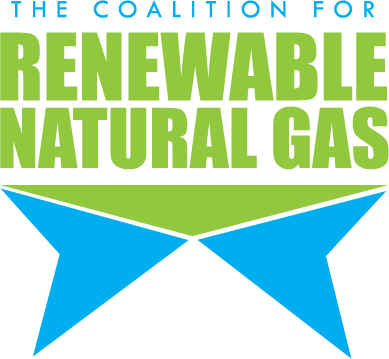OAKLAND, Calif. (March 21, 2018)—California can reduce carbon emissions by more than 70 million metric tons by 2030, akin to taking 15 million gasoline-powered cars off the road in one year, by adopting a higher target for its Low Carbon Fuel Standard (LCFS), according to “California's Clean Fuel Future: Assessing Achievable Fuel Carbon Intensity Reductions Through 2030,” an analysis released today by the UK-based research firm Cerulogy.
The standard, adopted in 2009 by the California Air Resources Board requires petroleum refineries and fuel importers to reduce the carbon intensity of the fuels they sell in California. Carbon intensity is a measure of the global warming emissions per unit of fuel over the fuel’s life cycle. The LCFS currently requires a gradual reduction in carbon intensity of 10 percent by 2020 relative to 2010. Refineries and fuel importers can reduce carbon intensity by either selling fuels that have lower carbon intensity or by purchasing credits generated by sellers of lower-carbon fuels, like electricity, renewable natural gas, ethanol, biodiesel or renewable diesel.
